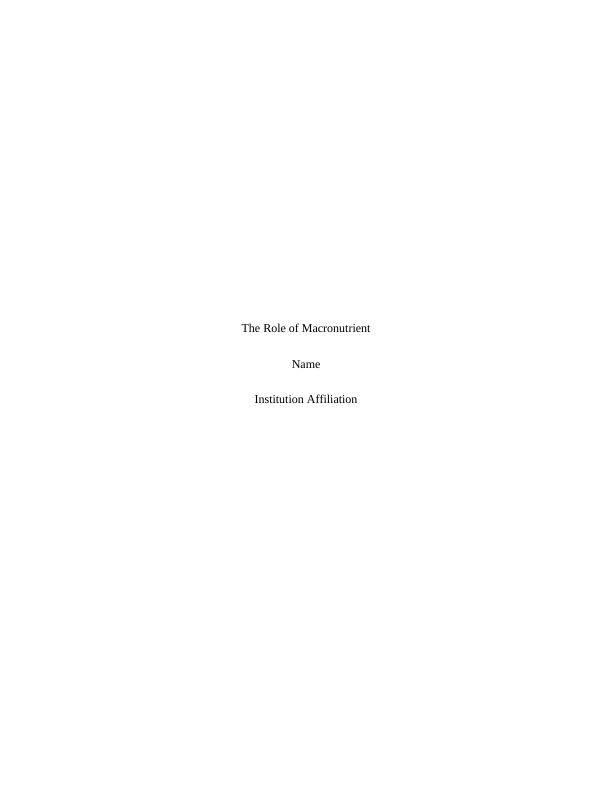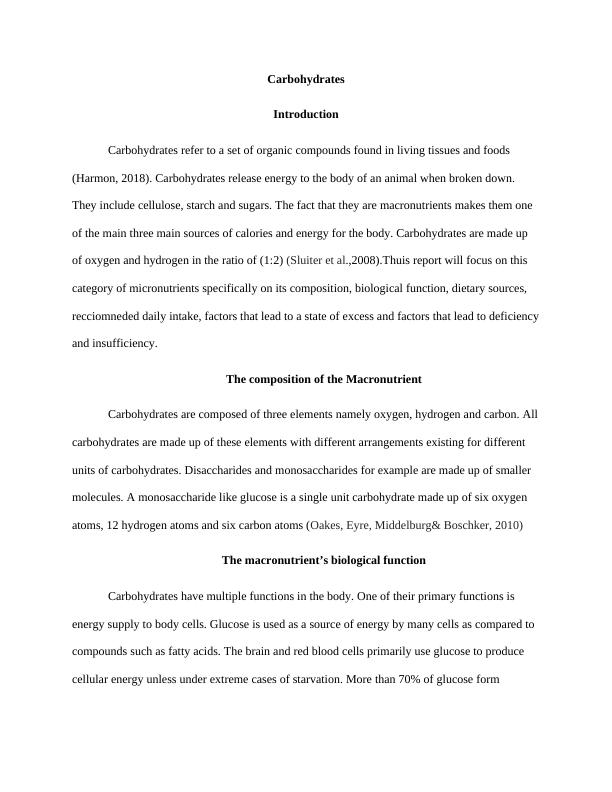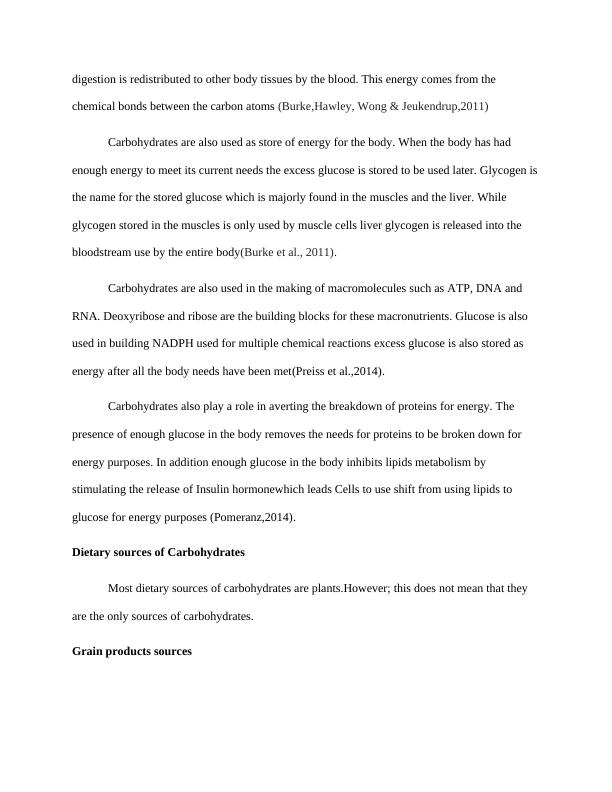The Role of Macronutrient Carbohydrates
Added on 2023-05-29
7 Pages1587 Words317 Views
End of preview
Want to access all the pages? Upload your documents or become a member.
Evaluate Biological Functions of Categories of Macronutrients
|4
|649
|24
Prepare Foods to meet Special Dietary Requirements
|16
|704
|18
Nutrition Literacy: Carbohydrates
|10
|2524
|331
Structure and Nutritional Importance of Carbohydrates, Lipids, and Proteins in Human Body
|5
|1147
|163
Carbohydrates Macromolecule
|4
|675
|77
Biomolecules: Carbohydrates, Lipids, Proteins, Nucleic Acids
|5
|931
|280



